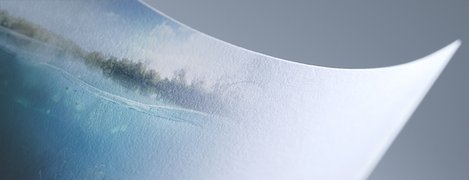
The worst location – or the best?
There has been a paper factory in Louisenthal since 1880, originally producing regular paper. Today, no one would dream of building a factory here in the middle of the drinking water catchment area for Munich. But we like to think of our location as an advantage. It meant that, right from the word go, we had to include environmental protection and sustainability in our processes. We are also subject to strict European environmental protection regulations and are doing our bit to support the turnaround in the change in German energy policy. When it comes to controlling water pollution too, we follow probably the strictest rules in the world. These are challenges that we are glad to accept – indeed, we often go beyond what is required by law.
A liquid diamond
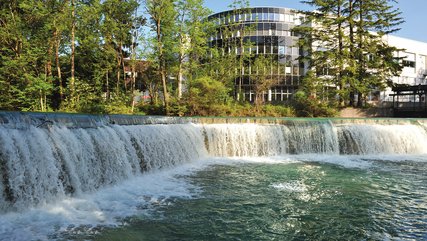
We use it to generate electricity, to cool the mill, and in large quantities for the production of the paper itself. Our location within the drinking water catchment area for Munich means that we have to be particularly careful about how we treat this vital resource. In 2010 we installed a biological wastewater treatment plant in which bacteria are used to purify the process water. The bacteria are then separated and recycled using a membrane filtration system and the purified water is reused in production. This has enabled us to reduce our water consumption for production by 40 percent, from 1,600 m3 a day to 900 m3. Since 2017 we have also been voluntarily leaving more water in the river Mangfall than we are required to by law: 1,000 l/s rather than the previous 350 l/s. Last but not least, we have installed two fish ladders in recent years so that fish can bypass our weirs and populate the Mangfall more easily than in the past.
Using what’s already there
An efficient, sustainable approach to heating and cooling
Producing paper requires not only electricity but also heat. We generate both locally in our steam power plant by burning natural gas. We replaced our gas burner as recently as 2018, and its CO2 and nitrogen emissions are far below not just the levels required by the current Federal Immission Control Act (BImSchG) but also by the new, stricter version that is due to come in soon. And thanks to combined heat and power generation, we generate electricity at the same time (see above). If you use a lot of heat, you also need a lot of cooling. To make sure that our paper retains the right properties, we climate control our production rooms all year round. From November to April, we do this passively using water from the Mangfall. That has meant savings of around 1.5 gigawatt hours of electricity a year since 2009, the equivalent of some 600 tons of CO2. In the very cold months we have to heat the rooms, which we do using waste heat from the production process. That has saved another 2,000 metric tons of CO2 equivalent a year since 2013.
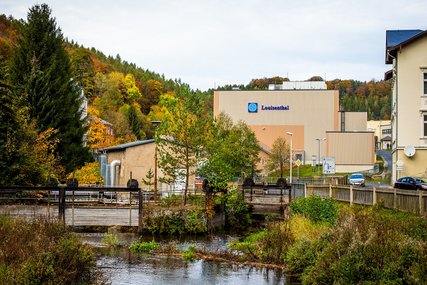
Our Königstein facility is currently involved in a feasibility study on recovering energy from manufacturing waste, which includes things like shredded paper, waste materials, printing waste, wooden pallets and similar materials. We’re working on the study together with the Leipzig factory, as the facilities’ proximity to each other enables them to combine forces for a synergy effect. The calculations will also include the volume of waste produced by the Gmund factory as a possible additional source.
Together with a consulting firm, we’re trying to ascertain whether recovering energy in this way would be authorized and could be implemented in an economically viable way. The feasibility study will take all the relevant legal regulations and approval rules into account. We’ll also be examining how large this type of plant would need to be. Over the next few months, this collection of facts and figures will show whether the project is feasible for the location and the region and whether it would make sense to embark on another study that’s more project-focused.
How clean do we want money to be?
Big requirements, big savings
We invest in less
There’s no hiding the fact that producing banknote substrates and security foils uses a lot of electricity, heat and water. At the Louisenthal site we consume as much electricity as 16,000 single-family homes. But that also means that there are lots of potential savings can to be made. Indeed, over the last decade and a half we have already spent EUR 15 million on sustainability projects and we have no plans to let up in the future.
Homemade energy
How we save electricity – and generate our own
We generate almost 25 percent of our electricity locally and in a CO2-neutral fashion. For this we use three water turbines, the latest of which was modernized as recently as 2014 and has a sensor-controlled, fully automatic water inlet that only takes as much water from the river Mangfall as it actually needs. We also have a combined heat and power system in the boiler house that burns gas to generate heat for our paper mill, and at the same time – almost as a side effect – generates electricity. On average we generate 10 gigawatt hours of electricity a year.
Step by step. Substance for substance.
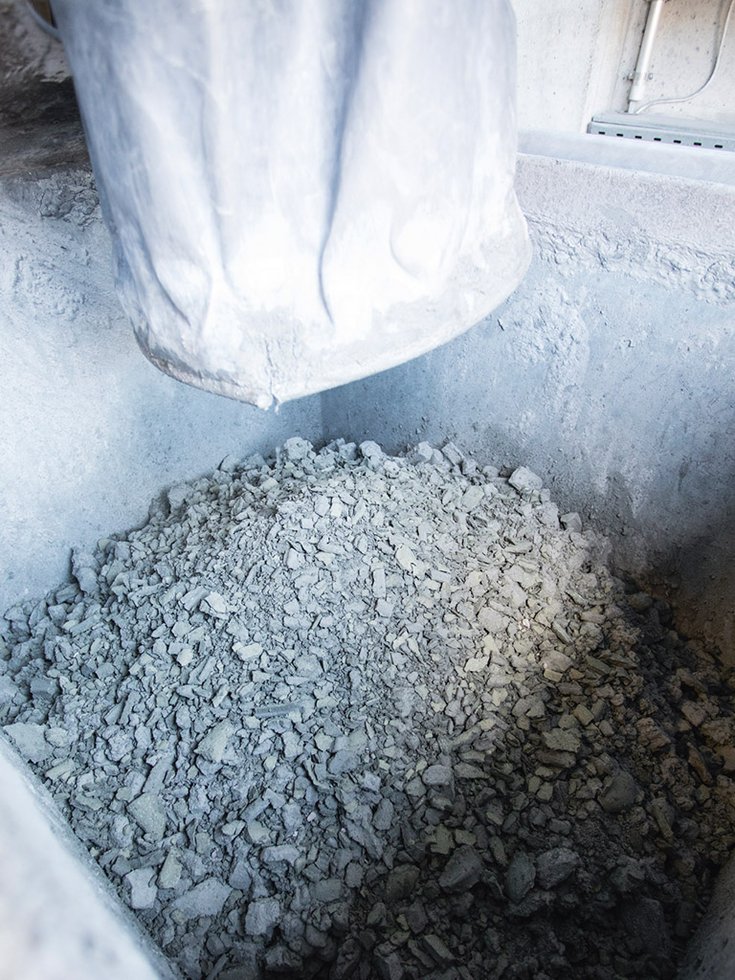
Sadly, we don’t just use power and water. To make paper you also need materials that pollute the environment and which, if handled incorrectly, could endanger the health of your employees. We do everything we can to minimize our use of these hazardous materials, going far beyond what is required by law. Like all companies in the European Union that use hazardous materials, we regularly subject them to a “substitution test”. If we find that less hazardous alternatives exist, we replace them. Here are a few examples.
Replacement is king
We were able to replace a harmful substance
The paper machine previously used a substance for surface coating that can harm fertility (a CMR substance). We searched for an alternative and are now using a substance that does not require labeling. As a result our entire paper-production process is now CMR-free.
Less is more
One less substance hazardous to health
We have also just banned another hazardous substance from our steam power plant. In the past we used hydrazine to protect against corrosion, which is potentially carcinogenic. In April 2019 we were able to stop using it completely due to changes introduced at the plant.

Further Reading
Sustainability Newspaper
How sustainable can a banknote be? We took a hard look at our entire value chain: What is going well? Where could we do even better?
The Life of a Banknote
Louisenthal is running the Life of a Banknote program to promote tangible action for green banknotes, including the use of green energy, fair-trade cotton, reusable packaging and recycling. Did you know we produce 25% of our own electricity and have reduced water consumption by 40% in 9 years?